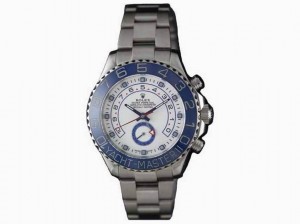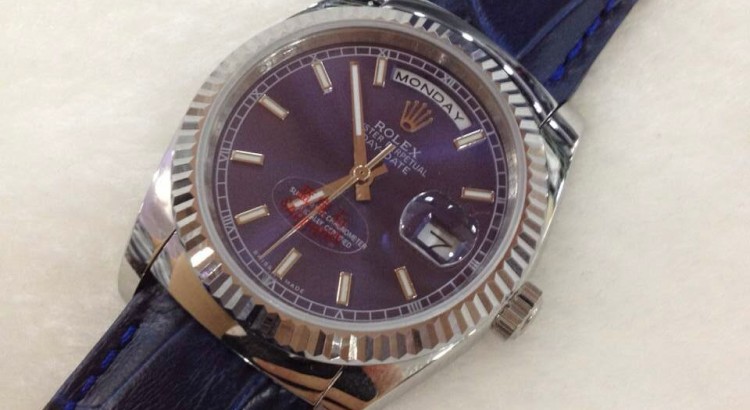Now, we’ve all heard that Rolex stainless steel sports watches are impossible to get new, and the secondary market is proliferating with the most ideal Rolex models charging thousands of dollars more than the official retail price. 
At present, we’ve all heard that the fake Rolex stainless steel sports watches are all but difficult to obtain brand new, while the secondary market has exploded to the point where the most desirable Rolex models fetch thousands of dollars above their official retail price – in the case of the extremely highly-coveted Daytona 116500LN, it’s in fact double retail.
Barron’s has tested the phenomenon in a new article, looking at Bob’s Watches as the most significant player in the pre-owned Rolex space and one of the few with a consistent supply of even the most “unobtainable” pieces like the new replica “Pepsi” GMT-Master II 126710 on a Jubilee bracelet. Hoping for clarity on the heat of these and other steel Rolex models, as well as the likes of the Patek Philippe Nautilus and Audemars Piguet Royal Oak, Barron’s went to Aurel Bacs, the world’s top vintage Rolex auctioneer, affiliated with Phillips.
Bacs, who famously sold Paul Newman’s Personal “Paul Newman” Rolex Daytona for over $17 million, says that the basic reason for the steel luxury sports watch craze is that these are truly timeless designs that happen to also be hard to obtain. On one hand, he compares them to the Porsche 911, the Eames lounge chair, and the Hermès Kelly bag – designs that are “so good that they outlast generations and fashion trends.”
“Don’t consider what’s fashionable,” Bacs decrees. “Fashion, by definition, is at one point in fashion and then out of fashion. Go for the classics.” Today’s young, wealthy buyers have exceptionally good taste and an appreciation for these classic designs. As a result, “with Royal Oak, Nautilus, and GMT, we just went through the clouds,” he says, believing that prices still have further to travel.
“These three replica watches tick every box,” Bacs declares, “timeless versus fashionable; they represent craftsmanship; and there is more demand than supply.” Rolex and Patek famously refuse to increase production for certain models, no matter how much fortune they could make by offering more watches for sale. This enforced exclusivity works the same way that it does for brands like Yeezy and Supreme, Bacs says. “What do Yeezy, Supreme, Royal Oak, Nautilus, and GMT have in common other than being amazing, dynamic, and modern?” he asks. “They are really difficult to get, and people are ready to pay a premium for them on the secondary market, as much as in art with KAWS, Basquiat, and Koons.”
“The rich are getting younger,” Backus points out. “Young people tend to want to make their mark, unlike their parents and grandparents. For decades, stainless steel sports watches have been valued less than gold watches and more like tool watches or entry-level watches.
